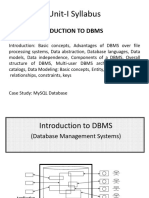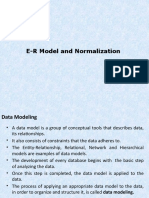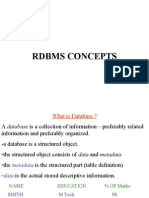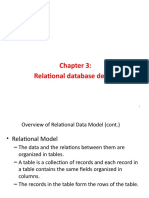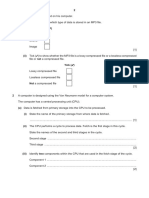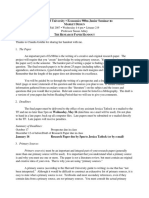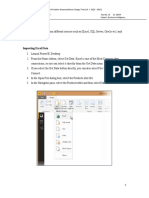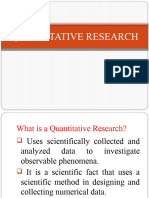0% found this document useful (0 votes)
14 views4 pagesDetailed Notes On Data Modelling
Uploaded by
h.as.a.b.a.hm.b.i.jo.m.b.iCopyright
© © All Rights Reserved
We take content rights seriously. If you suspect this is your content, claim it here.
Available Formats
Download as DOCX, PDF, TXT or read online on Scribd
0% found this document useful (0 votes)
14 views4 pagesDetailed Notes On Data Modelling
Uploaded by
h.as.a.b.a.hm.b.i.jo.m.b.iCopyright
© © All Rights Reserved
We take content rights seriously. If you suspect this is your content, claim it here.
Available Formats
Download as DOCX, PDF, TXT or read online on Scribd
/ 4











